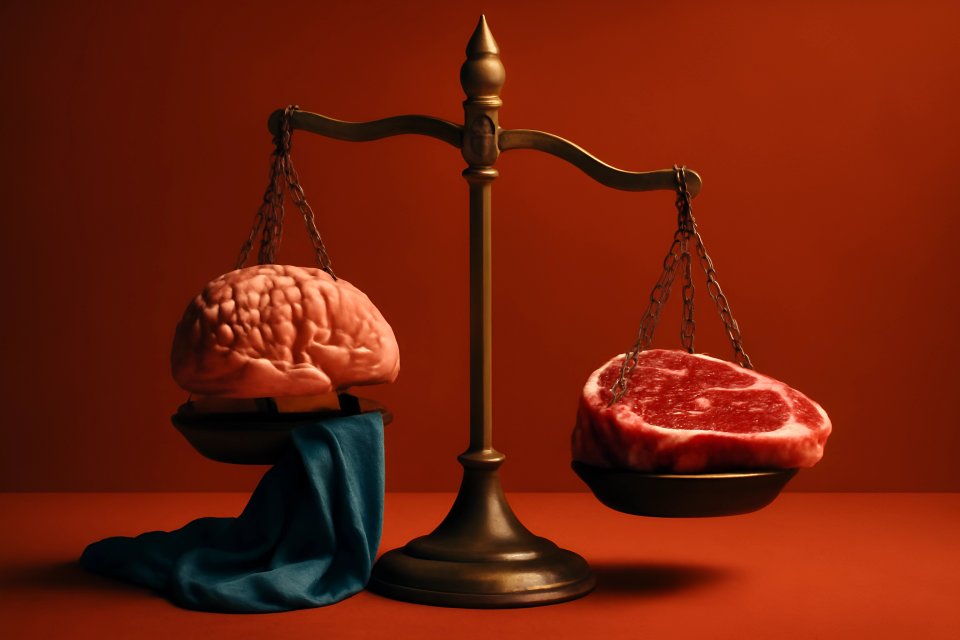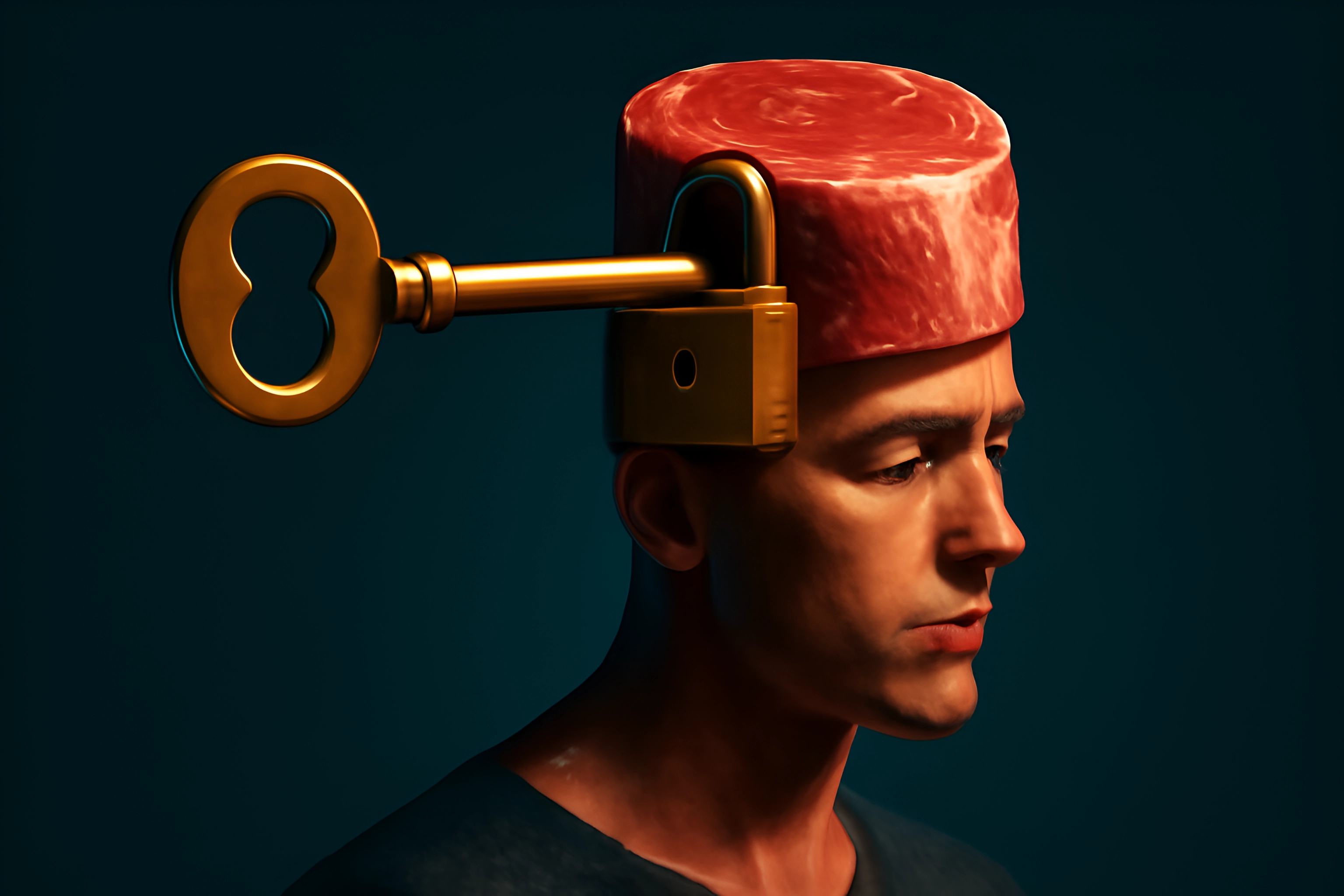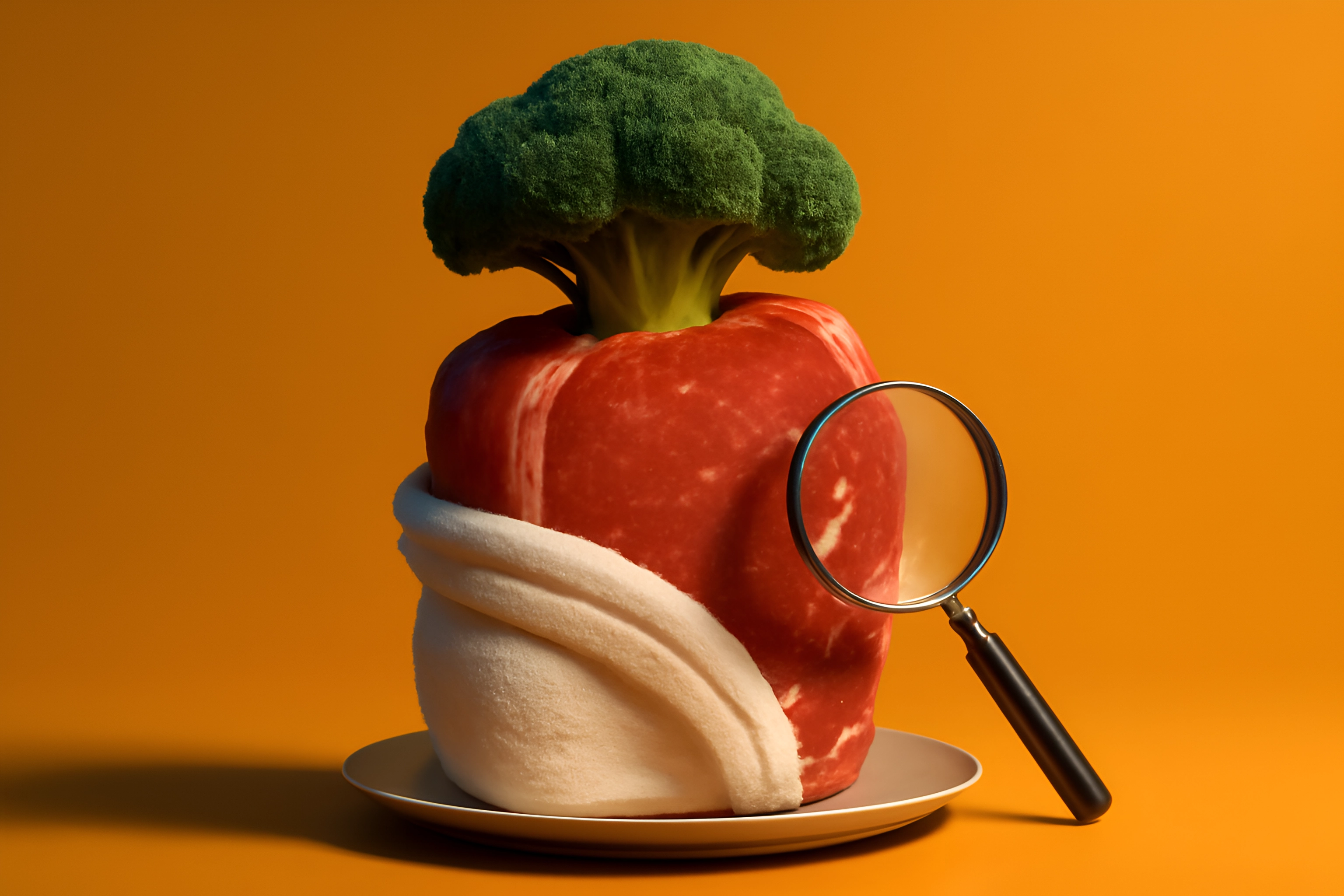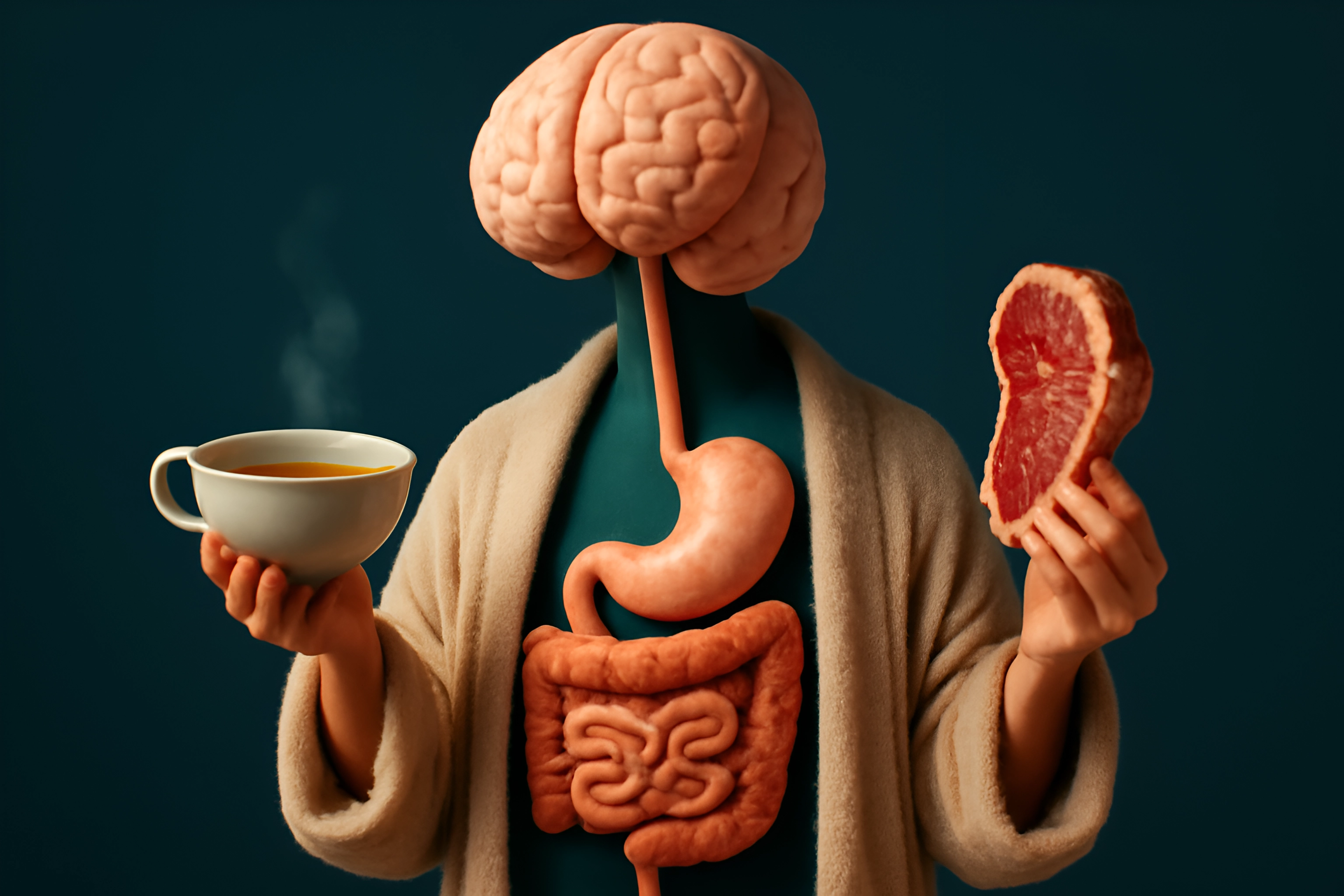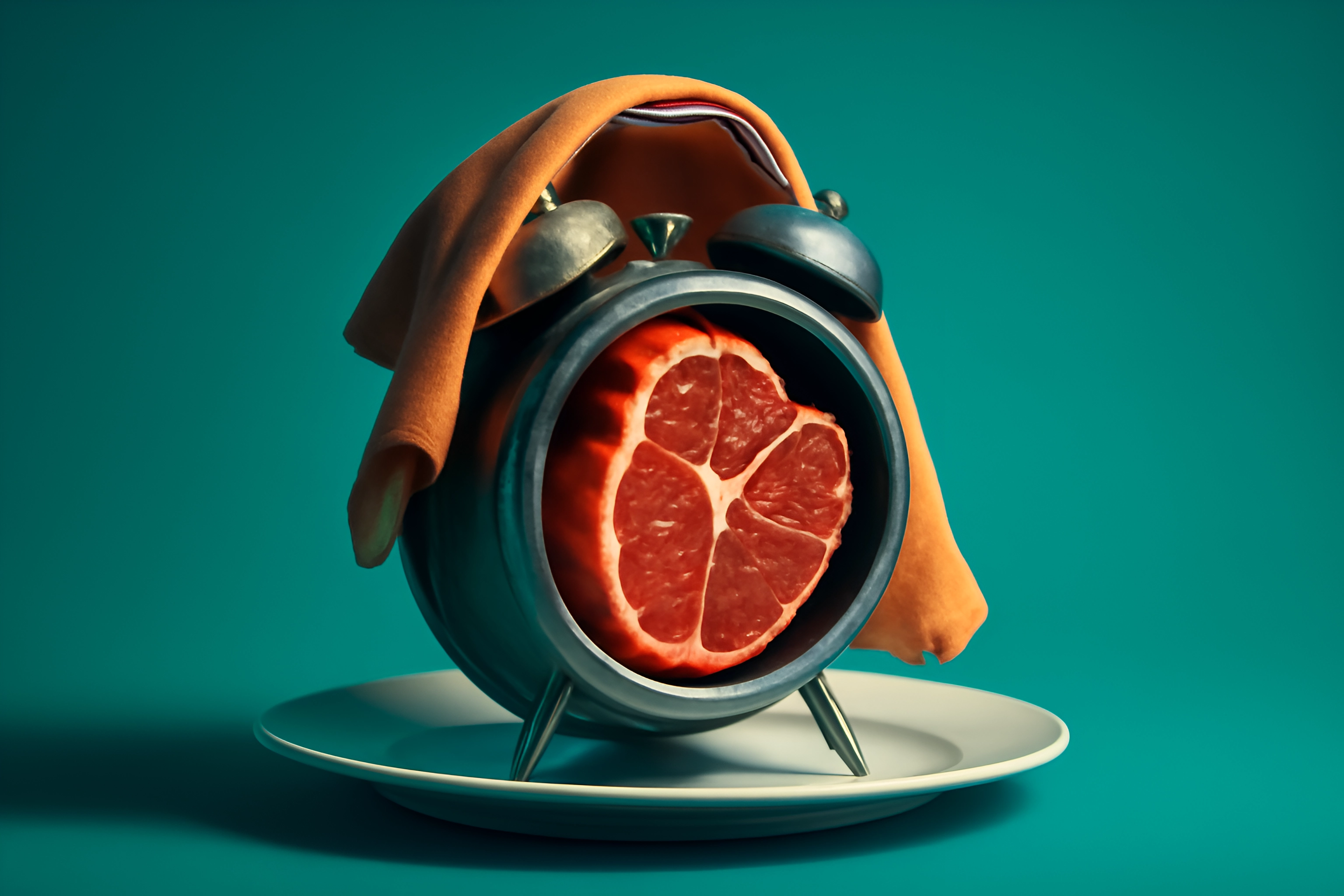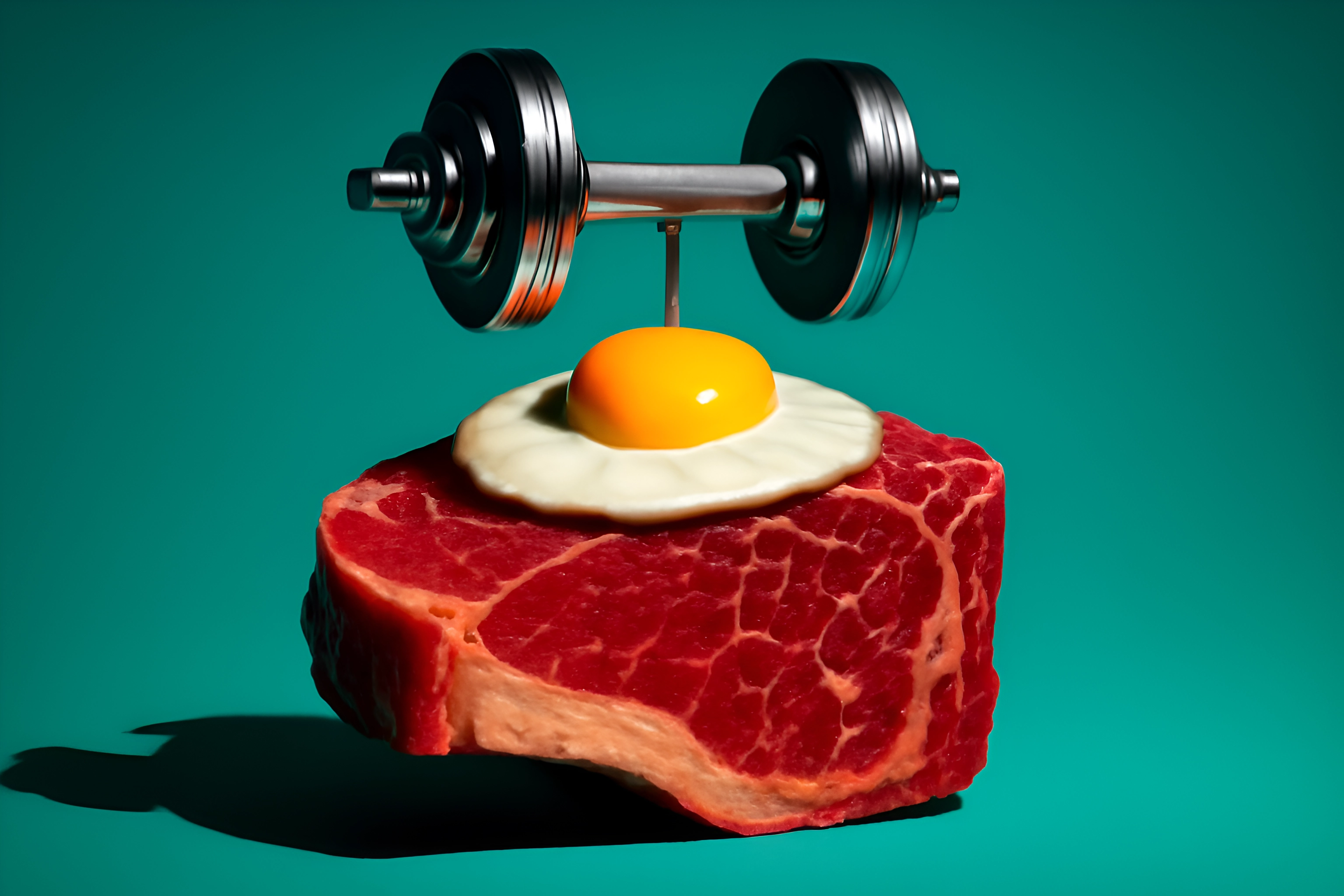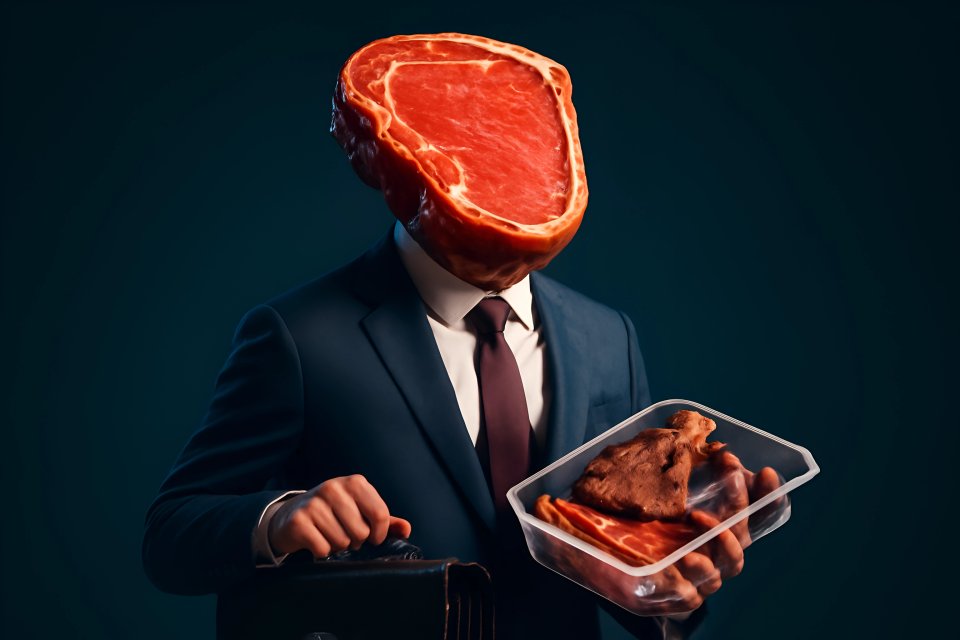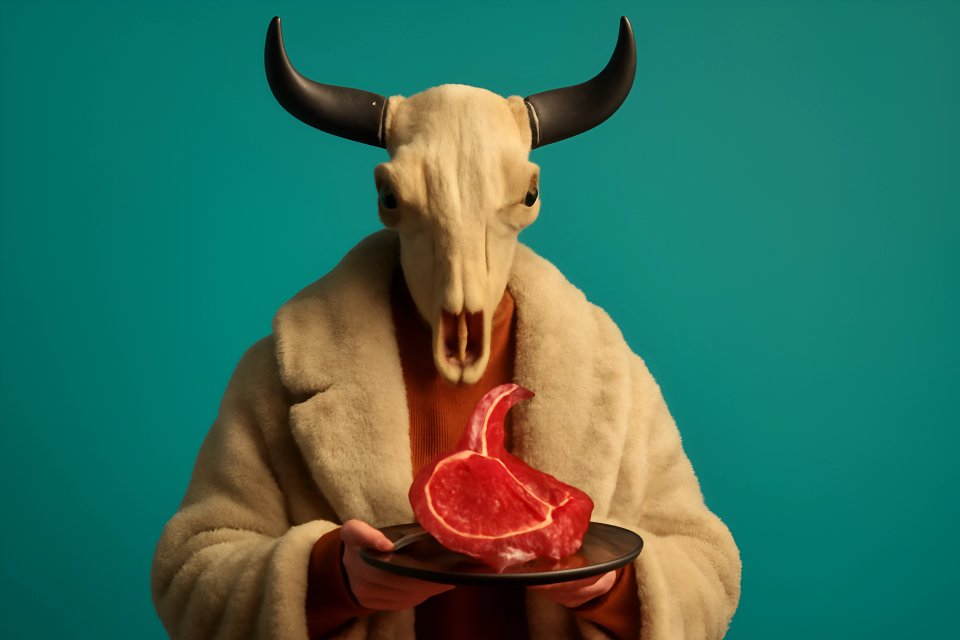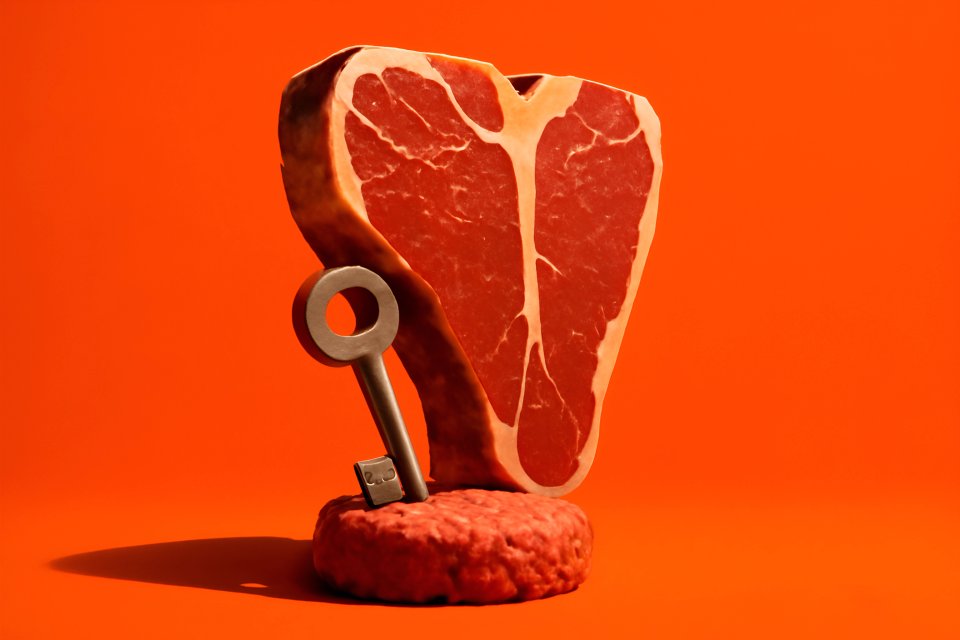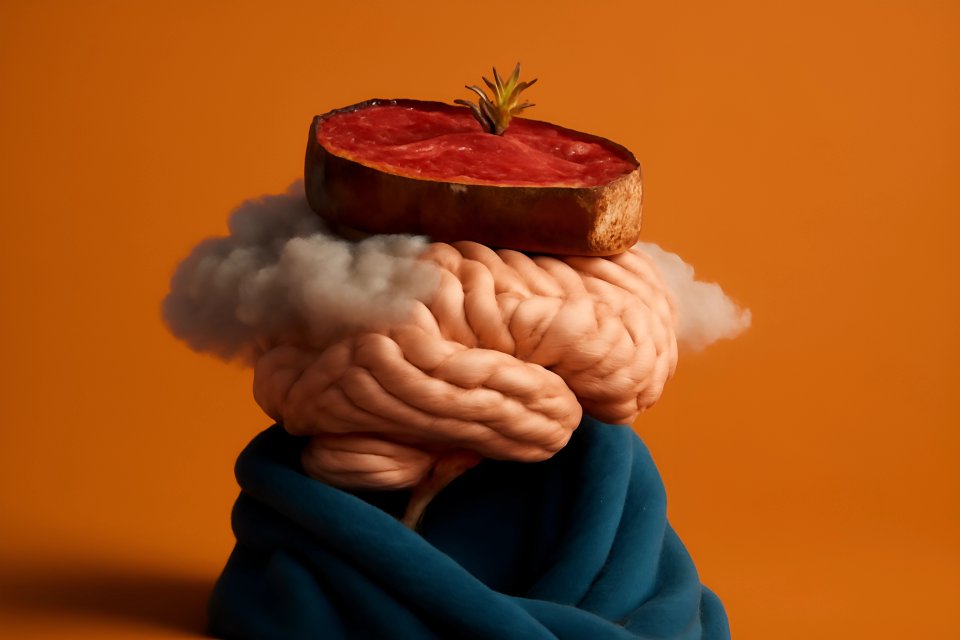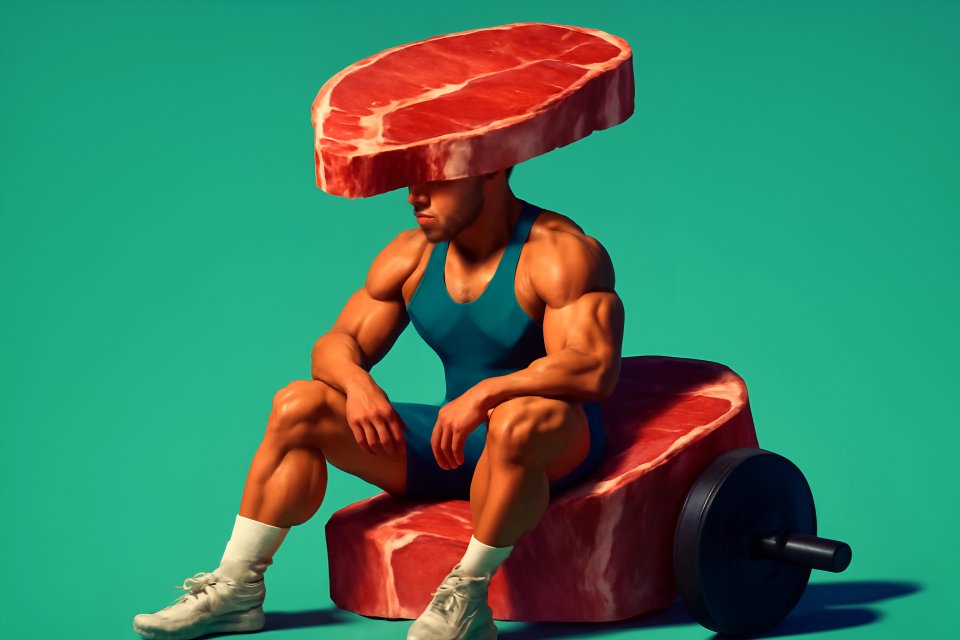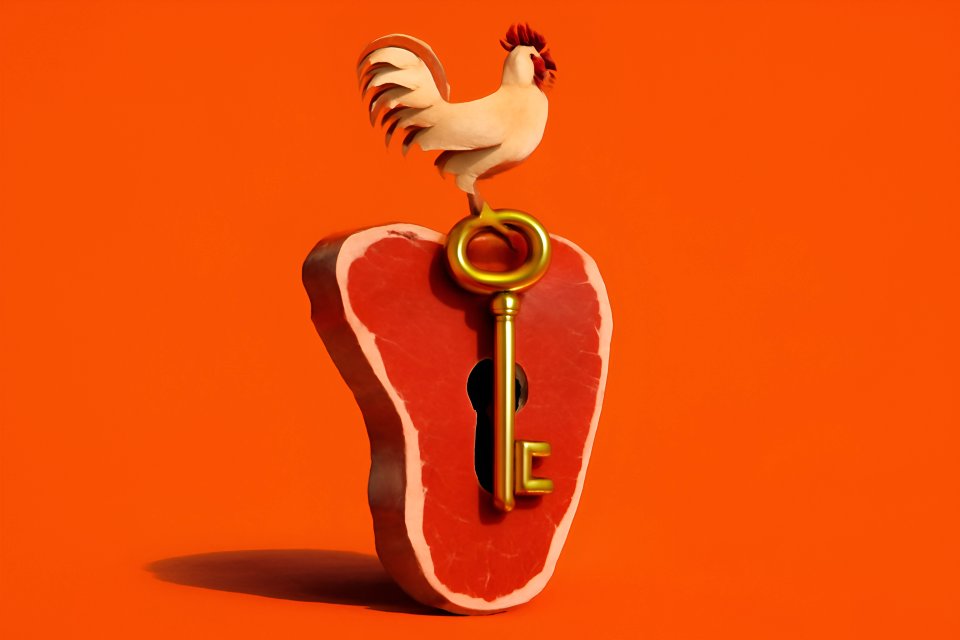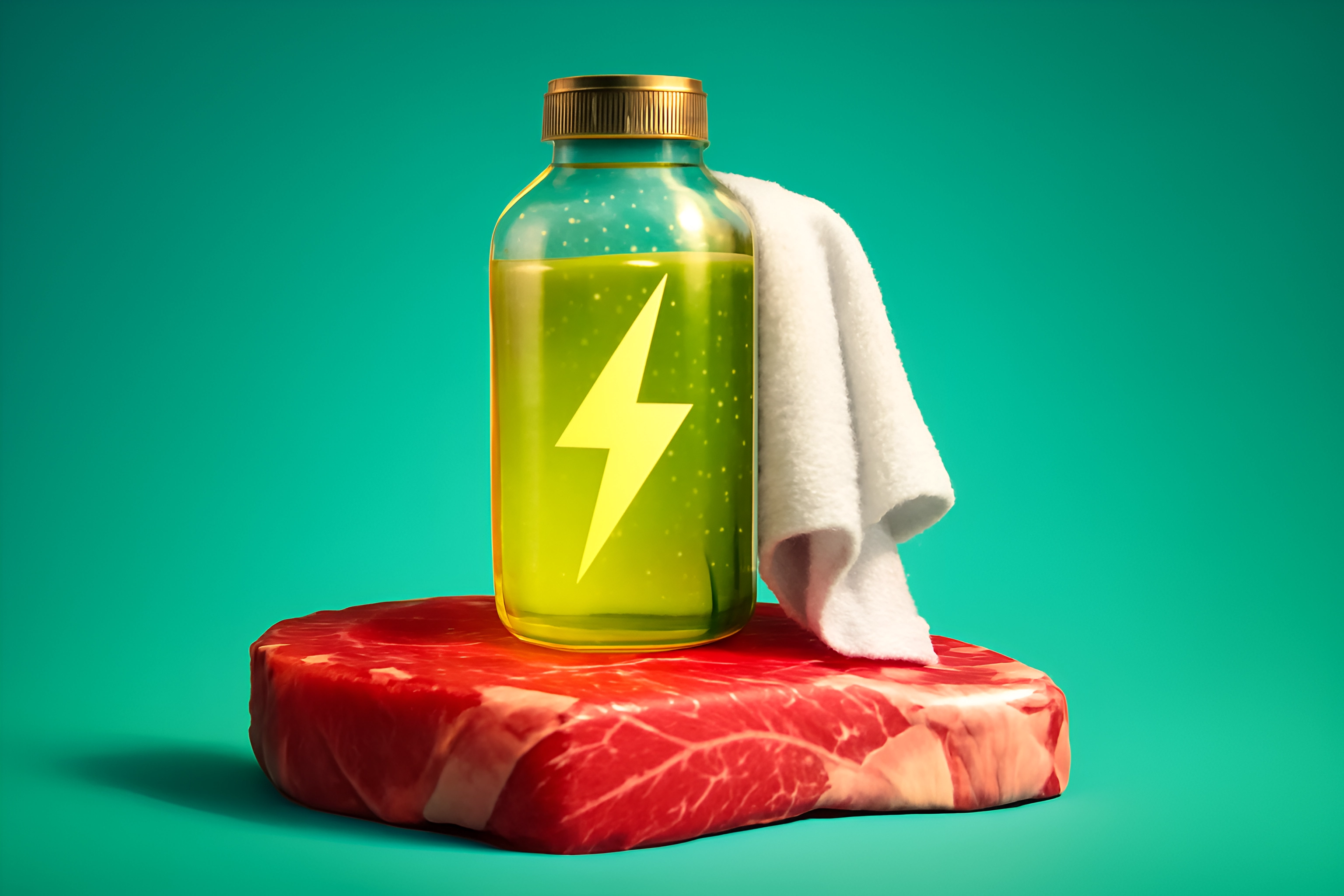
You’ve done it. You’ve cleaned up your diet, you're eating nutrient-dense meat, and you’ve committed to a path of ancestral healing. But you're still battling fatigue, brain fog, or those infuriating muscle cramps that jolt you awake at night. What gives?
The answer is almost always the same, and it’s the one piece of the puzzle most people overlook. It’s not about eating more meat or less fat. The often-overlooked key to thriving on a carnivore diet is mastering your electrolyte balance.
This isn't another post trying to sell you expensive, neon-colored supplement powders filled with artificial junk. This is the HealingCarnivore guide to mastering your minerals the way nature intended—through simple, powerful, animal-based sources. We'll show you how maximizing electrolyte balance on a carnivore diet is not only achievable but absolutely essential for unlocking the vibrant, boundless energy and optimal health you were promised.
The Great Flush: Why Electrolytes Become Crucial on a Carnivore Diet
When you strip away carbohydrates, you fundamentally change the way your body operates. This isn't a flaw; it's a feature. One of the most immediate and profound changes happens with insulin, the hormone that manages blood sugar.
With carbs gone, your insulin levels plummet to a healthy, natural baseline. This is fantastic for reducing inflammation and improving metabolic health, but it sends a powerful signal to your kidneys. Low insulin tells your kidneys to stop holding onto sodium, and they begin to excrete it at a much higher rate. Where sodium goes, water follows, leading to a significant flushing of fluids and essential minerals.
This physiological shift is often mislabeled as the "carnivore flu." But it's not a sickness. It's a predictable transition that you can control by proactively addressing your body's new, increased demand for electrolytes from day one. By removing processed foods, you've also removed the primary source of sodium in the standard modern diet, making intentional replenishment non-negotiable. In fact, your daily sodium needs can surge to 5,000 mg or more, a far cry from outdated government guidelines.
The "Big Four" Carnivore Electrolytes: What They Do & Signs of Imbalance
Understanding what your body needs is the first step to providing it. These four minerals are the pillars of your electrical system, and keeping them in harmony is the secret to feeling incredible.
Sodium: The Master Mineral
Sodium is the master regulator of your body's fluid balance. It governs the volume of your blood and the fluid outside your cells, and it's critical for proper nerve transmission and muscle function. Without enough sodium, your entire system sputters.
When you're low, your body sends clear signals. You might feel a persistent, dragging fatigue, nagging headaches, or a sense of dizziness when you stand up too quickly.
Muscle cramps and a foggy brain are also classic signs that your master mineral is in short supply. Listening to these signals—and your cravings for salt—is a primal skill you must relearn.
Potassium: The Heart's Rhythm Keeper
Potassium is the crucial counterpart to sodium, primarily working inside your cells. It is absolutely essential for regulating your heartbeat, ensuring your muscles contract smoothly, and helping to offset sodium's effects on blood pressure. It is the yin to sodium's yang.
A deficiency in this vital mineral can feel deeply unsettling. You might experience muscle weakness that makes a workout feel impossible, or a general sense of fatigue that coffee can't touch.
Most alarmingly, low potassium can lead to heart palpitations or an irregular heartbeat. It can also slow down your digestive system, leading to constipation.
Magnesium: The Relaxation Mineral
Think of magnesium as your body's ultimate relaxation mineral. It's a cofactor in over 300 enzymatic reactions, playing a role in everything from energy production to DNA synthesis. Its most famous jobs are promoting muscle relaxation, ensuring deep and restorative sleep, and managing your body's stress response.
If you find yourself plagued by muscle twitches or cramps, especially in your calves at night, your magnesium levels are likely crying out for help.
Insomnia, anxiety, and a short-fused irritability are also hallmark signs of a magnesium deficit. In our high-stress world, this mineral is burned through rapidly and is one of the most common deficiencies.
Calcium: More Than Just Bones
While 99% of your body's calcium is stored in your bones and teeth, that remaining 1% is doing some heavy lifting. It's vital for nerve signaling, muscle function, and blood clotting. It works in a delicate dance with magnesium, with calcium contracting muscles and magnesium relaxing them.
An imbalance can manifest in frightening ways. You might experience muscle spasms or a strange numbness and tingling in your fingers and toes.
A poor appetite and, over the long term, a weakening of your bones are also serious consequences of inadequate calcium intake. Getting it from the right sources is key.
Your Animal-Based Electrolyte Toolkit: Food-First Solutions
Forget the lab-made powders. Your kitchen can and should be your primary source for these critical minerals. Here are the top animal-based electrolyte sources to build your daily toolkit.
Sourcing Your Sodium
Your number one tool is high-quality, unrefined salt. We're talking about salts like Redmond Real Salt or Celtic Sea Salt, which contain a spectrum of trace minerals, not just sodium chloride. According to some analyses, a single ¼ teaspoon of Celtic sea salt can provide 21% of your daily value of sodium along with other key minerals.
The most important rule is to salt your food to taste. Your body's innate intelligence will guide you. If meat tastes bland, add more salt. If you're craving it, listen.
Beyond the salt shaker, you can get plenty of sodium from salted butter, bacon, prosciutto, and crunchy pork rinds. A fantastic strategy is to add a generous pinch of salt to your water or a warm mug of bone broth, especially before or after a workout.
Finding Your Potassium
While many associate potassium with bananas and potatoes, the animal kingdom provides it in abundance. Red meat is an excellent source, with a 100g serving of beef providing around 300-400 mg. Fatty fish like salmon, along with pork and sardines, are also fantastic choices.
The secret weapon for a carnivore, however, is homemade bone broth. When you simmer bones for 12-24 hours, you pull minerals like potassium directly from the bone and marrow into a delicious, easy-to-absorb liquid. For a practical guide on making this liquid gold, check out our post on how to boost gut healing with carnivore-friendly bone broth recipes.
This is true ancestral nutrition in a cup. It provides not just potassium but a synergistic blend of minerals and amino acids that work together for your health.
Mining for Magnesium
Here’s where we get brutally honest: magnesium can be the trickiest mineral to get in sufficient quantities from food alone, especially with modern soil depletion. Your best animal-based sources are fatty fish. Mackerel, salmon, and halibut are your go-to choices.
Certain organ meats can also contribute, but the amounts vary. Bone broth is again a valuable player, as the glycine it contains can help with magnesium's absorption.
Because of these challenges, magnesium is the one mineral where targeted, high-quality supplementation might be considered, especially as you adapt to the diet. If you do supplement, look for forms like magnesium glycinate, which is gentle on the gut and highly bioavailable. For more on this, you can explore our guide on how to incorporate carnivore-friendly supplements for enhanced energy and recovery.
Consuming Your Calcium
You don't need milk to get calcium. The carnivore diet offers superior, more bioavailable sources. The undisputed champion is canned sardines or salmon eaten with the soft, edible bones. A single 100g serving of sardines with bones can pack over 380 mg of calcium, which is 38% of the recommended daily intake.
If you tolerate dairy, high-quality hard cheeses and kefir are excellent options. For a non-dairy powerhouse, you can make your own eggshell powder by baking and grinding clean eggshells—a single teaspoon provides nearly 1,000 mg of pure calcium.
And once again, long-simmered bone broth contributes to your calcium stores, providing it in a form your body recognizes and can use immediately.
A Day of Electrolyte-Rich Carnivore Eating (Sample Meal Plan)
What does this look like in practice? It's simpler and more delicious than you think. Here is a sample day focused on carnivore electrolyte solutions.
Imagine starting your day with three scrambled eggs cooked in a generous knob of salted butter, served alongside a few strips of crispy bacon. Instead of coffee, you have a warm, comforting mug of salty bone broth. For lunch, a thick, juicy ribeye steak, seasoned generously with unrefined salt until it tastes perfect to you. For dinner, a beautiful fillet of baked salmon with a side of canned sardines.
Throughout the day, you're not just drinking plain water. You're sipping on water with a pinch of salt added, or enjoying a glass of high-quality mineral water like Gerolsteiner or San Pellegrino, which are naturally rich in magnesium and calcium. This isn't a diet of deprivation; it's a feast of nourishment.
| Meal/Drink | Primary Electrolytes Provided |
|---|---|
| Breakfast | Sodium (Bacon, Salted Butter), Calcium (Eggs) |
| Morning Broth | Sodium, Potassium, Magnesium, Calcium |
| Lunch | Sodium, Potassium (Ribeye Steak) |
| Dinner | Potassium, Magnesium (Salmon), Calcium (Sardines) |
| Hydration | Sodium (Salted Water), Magnesium, Calcium (Mineral Water) |
FAQ: Troubleshooting Your Carnivore Electrolyte Balance
How much salt do I really need?
This is highly individual and depends on your activity level, climate, and unique physiology. A common starting point for many on a carnivore diet is 2-4 teaspoons (which is 10-20 grams) of salt per day, providing roughly 5-10 grams of actual sodium. The most important tool you have is your own sense of taste. If food tastes better with more salt, your body is telling you it needs it.
Do I absolutely need an electrolyte supplement?
Start with food first. That is the HealingCarnivore way. Master the art of salting your food, drinking bone broth, and eating fatty fish and sardines. If after several weeks of optimizing your food sources you still experience persistent symptoms like cramps or fatigue, then you might consider a clean, sugar-free supplement, focusing on magnesium first.
Can I just drink mineral water?
Mineral water is a fantastic addition to your hydration strategy. It's a great way to boost your intake of magnesium and calcium. However, it rarely contains enough sodium to meet the significantly higher needs of a carnivore dieter. Use it as a helpful supplement to your diet, not as your primary source of electrolytes.
Conclusion: From Surviving to Thriving with Mineral Mastery
Let's be clear. The carnivore diet fundamentally changes your body's relationship with minerals. Ignoring this fact is the number one reason people fail to feel their best. Prioritizing sodium, potassium, magnesium, and calcium from whole, animal-based sources is not optional—it is the non-negotiable foundation for success.
True healing and vitality come from embracing simplicity and ancestral wisdom. By focusing on high-quality meat, unrefined salt, and mineral-rich water and broths, you are giving your body exactly what it needs to function at its peak. You are bypassing the modern world of processed junk and tapping into a primal source of power.
Mastering your electrolytes is the key that unlocks the full, world-changing potential of the carnivore diet. It's what transforms this way of eating from a mere diet into a sustainable path for profound and lasting vitality.
Call to Action
What's your favorite way to get your electrolytes on the carnivore diet? Share your go-to meal or tip in the comments below!
If you're just getting started and want to understand the core principles, be sure to read our Comparative Analysis: Carnivore Diet vs. Other Low-Carb Diets for Chronic Disease Management.
Ready to put this into practice? Get inspired with our Ultimate Carnivore Recipes for Inflammation Reduction to make sure you're stocked with delicious, electrolyte-rich meals.
